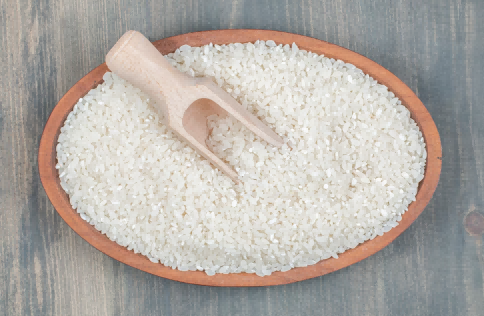 Export News
Export News
 17-08-2023
17-08-2023
In the intricate web of international trade, rice stands as a staple commodity that transcends borders and cultures. The vibrant tapestry of global rice exports paints a dynamic picture, showcasing the resilience and adaptability of nations in the pursuit of nourishing the world. This comprehensive exploration delves into the landscape of global rice exports, unraveling the intricate threads of trade dynamics that shape the global economy.
>>>Access To New Import And Export Opportunities - With The Help of Tendata<<<

Nourishing the World: The Essence of Rice Exports
Rice, the sustainer of billions, has traversed oceans and continents, reflecting the essence of international trade. In the year 2022, the cumulative global rice exports recorded an impressive $29.3 billion. This figure marked a remarkable 8.7% growth compared to the total rice exports of $26.9 billion in 2021, exemplifying the steadfast growth trajectory of the rice trade.
Evolution Over Five Years: A Flourishing Trend
Zooming out to a five-year timeframe, the story of global rice exports is one of persistent growth. The global rice export value, which was $26 billion in 2018, has burgeoned by 12.5% to reach new heights. Within this narrative, a prominent role is played by the top five rice-exporting countries: India, Thailand, Vietnam, Pakistan, and the United States. These nations collectively contributed to an astounding 72.8% of the global rice export value in 2022.
Regional Dynamics and Global Supply Chain
Within the continents, Asia's fertile lands are a significant driving force behind the global rice trade. A staggering 76.7% of the total rice exports originate from Asia, accounting for a remarkable $22.4 billion worth of exports in 2022. Europe, with its diverse culinary cultures, contributes 8.9% to the global supply, while Latin American suppliers, excluding Mexico but including the Caribbean, follow closely at 6.5%. North America completes this regional mosaic with a 7.6% contribution.
In contrast, Africa and Oceania play a relatively smaller role, with exports representing 1.2% and 0.8% of the total respectively. Notably, Australia emerges as a key player within the Oceania region.
Harmonizing Trade with Codes: The 1006 Prefix
In the realm of international trade, classification systems are crucial for seamless transactions. Rice, being no exception, is represented by the four-digit Harmonized System (HS) code prefix 1006. This code serves as a common language for nations engaged in rice imports and exports, facilitating transparency and efficiency.
>>>Get A Free Demo - Rapid Acquisition Of Potential Customers<<<
Seeding Prosperity: Navigating the Trends
As nations continue to sow the seeds of rice exports, adapting to changing market dynamics becomes pivotal. Leveraging the growth in demand, fostering sustainable production practices, and embracing digital tools for supply chain optimization are essential strategies. Additionally, promoting fair trade practices and ensuring farmers' livelihoods can contribute to the holistic growth of the global rice trade.
A Tapestry of Resilience and Sustainability
The global rice export landscape is a testament to the interconnectedness of nations and the resilience of the agricultural sector. By nurturing partnerships, embracing innovation, and fostering a sustainable trade ecosystem, countries can collectively ensure that the grains of success continue to flow, sustaining communities around the world and nourishing a brighter future for all.
Another News
Latest News Released Today: Tendata Blogs
Other Trade Data References to Rice:
1. Quest Global Rice Importers
2. Vietnam Exporters Renegotiate Higher Rice Prices after India Bans Traders
3. Exploring Rice Export Alternatives: A Shifting Amid India's Ban
4. Which Country is the Largest Exporter of Rice?
5. What are the Main Varieties of Rice Exported by the Largest Exporter?
Category
Leave Message for Demo Request or Questions


 T-info
T-info T-discovery
T-discovery

 My
Tendata
My
Tendata Market Analysis
Market Analysis Customer
Development
Customer
Development Competitor
Monitoring
Competitor
Monitoring Customer Relationship
Customer Relationship





































































































































